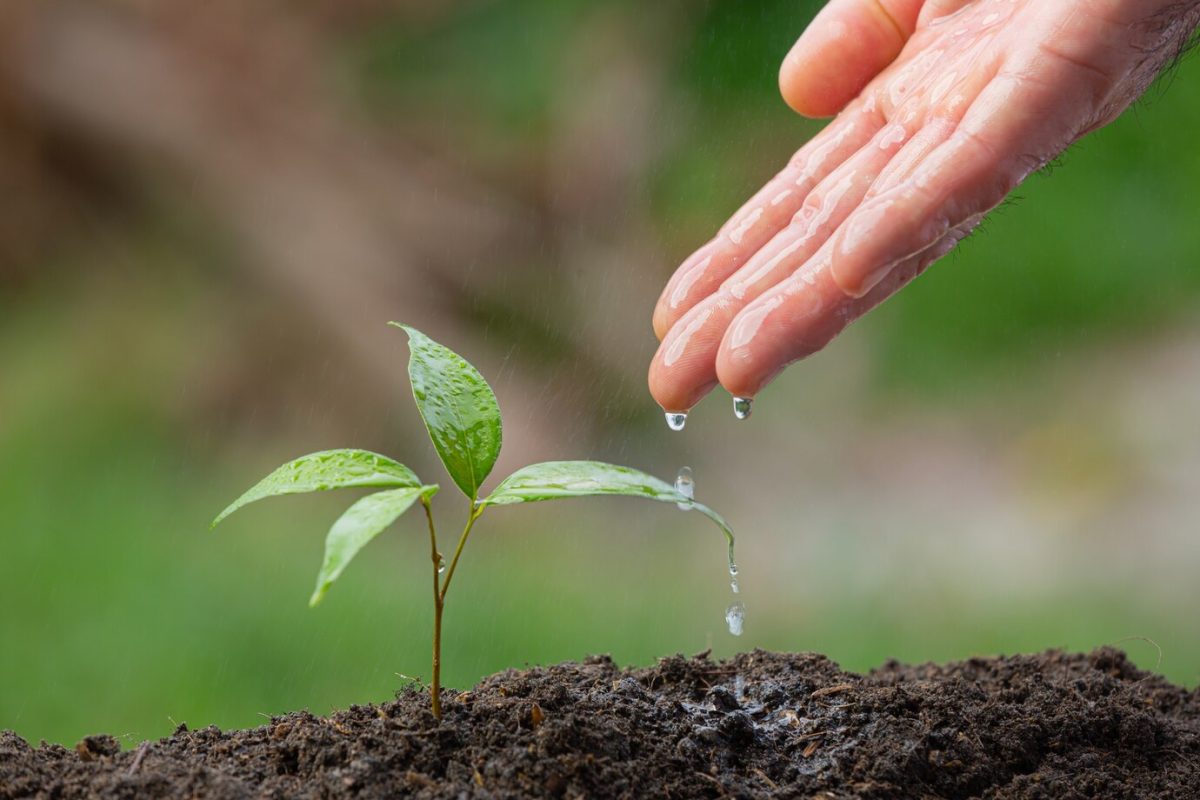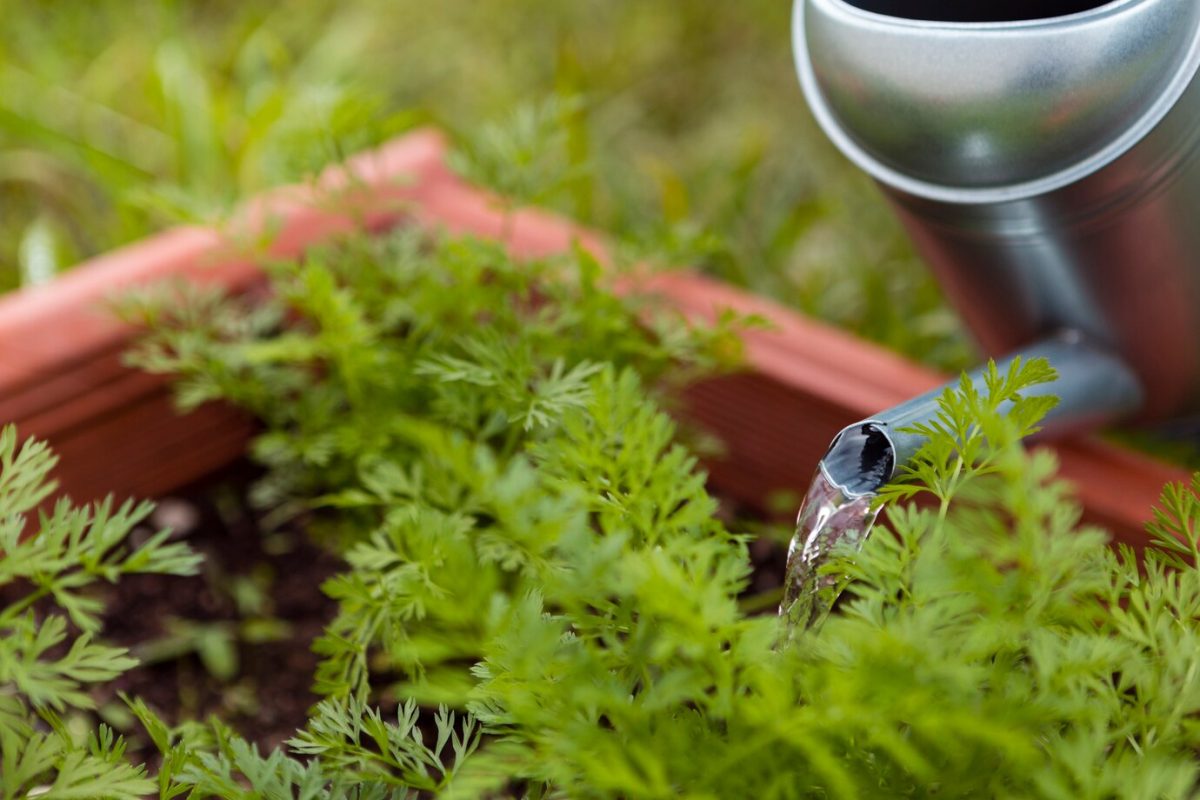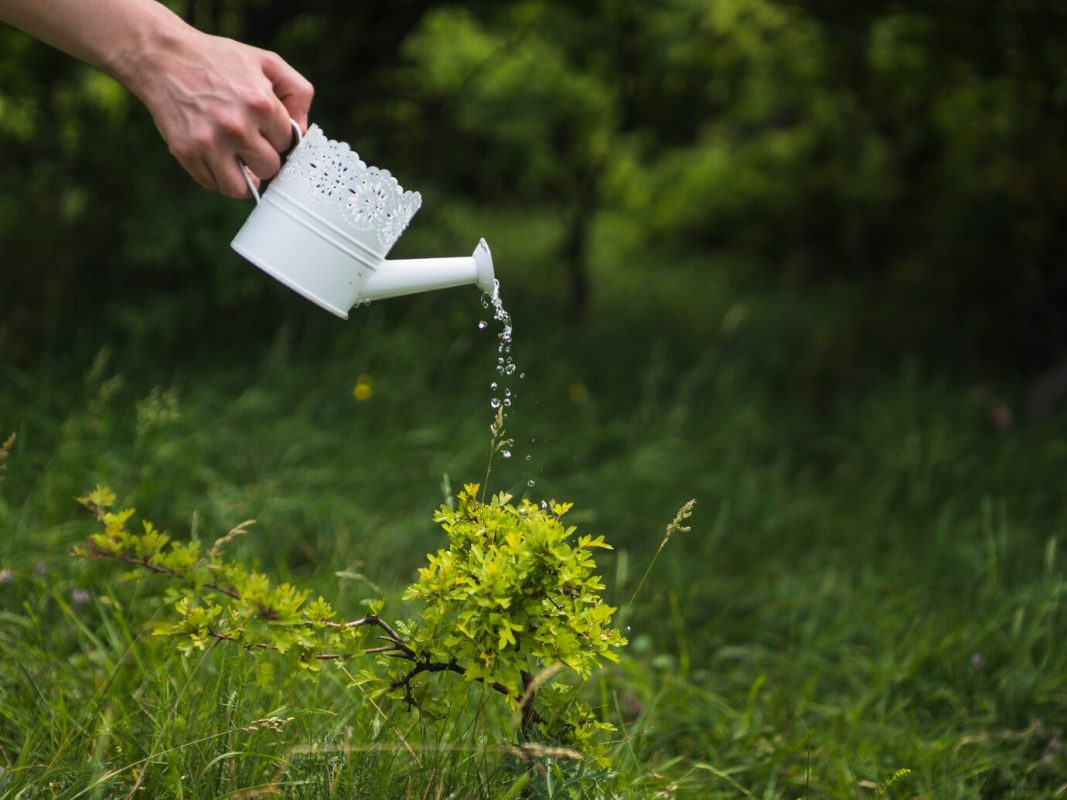Singapore’s gardens are a sight to behold, thanks to its tropical climate. But, with water becoming scarcer, finding a balance is essential. Sustainable irrigation is not just a choice; it’s essential for Singapore’s gardens.
Old ways of watering waste a lot of water, but there’s a better way. Eco-friendly gardening can cut water use by half. The government is encouraging these practices to save money and meet green goals. Discover how smart irrigation systems can keep your garden healthy and help save water for Singapore’s landscaping future.
Why Your Garden Needs Water-Efficient Solutions
Singapore’s climate is tough for garden watering. We get heavy rains and dry spells. Traditional watering often can’t keep up.
Water-efficient gardening saves water and keeps plants healthy. It helps Singapore save water too. Overwatering wastes water and can harm plants in our humid weather.
Efficient systems send water straight to the roots. This cuts down on runoff and evaporation.
Old irrigation can flood areas, harming plants. Drip irrigation and moisture sensors help. They save water and promote healthy plant growth.
Using these methods is smart and responsible. It helps protect plants from diseases. Your garden will flourish without wasting water.
Top Sustainable Irrigation Technologies for Singapore Properties

In Singapore’s humid climate, advanced irrigation tech helps gardens thrive. Solutions like smart irrigation systems combine soil moisture monitoring with automated control. These innovations ensure plants get just the right amount of water while cutting waste. Let’s explore four game-changing technologies tailored to the city-state’s unique conditions.
Smart Irrigation Controllers and Weather Sensors
Smart watering technology uses weather forecasts to adjust schedules automatically. Controllers analyse data like humidity and rainfall to pause watering when rain is imminent. Pairing these systems with smartphone apps lets you tweak settings remotely, ensuring efficient garden automation. Such smart irrigation systems reduce waste by integrating real-time data into watering routines.
Drip Irrigation Systems
Drip irrigation Singapore setups deliver water directly to roots via slow irrigation methods. This targeted plant watering minimises evaporation, ideal in Singapore’s heat. Water-efficient drip systems use emitters to distribute precise amounts, with 3.2% less water loss compared to sprinklers. Durable tubing resists UV damage, while regular checks prevent clogs from mineral deposits in local water supplies.
Rainwater Harvesting Integration
Rainwater harvesting captures monsoon rains for reuse in dry months. Systems like underground cisterns store collected water, providing a sustainable water source. Calculating roof size and rainfall patterns helps design setups that reduce reliance on mains supply. Filters and covers prevent contamination, aligning with Singapore’s strict guidelines on water storage and mosquito control.
Soil Moisture Sensors and Automation
Soil moisture sensors continuously track conditions down to 3.4cm depth, sending data to irrigation controllers. This soil moisture monitoring stops overwatering during monsoons and ensures dry-season needs are met. Wireless sensors can cover large gardens, adapting to Singapore’s clay-heavy soils. Pairing with smart tech enables 3.4% higher water efficiency by avoiding unnecessary cycles.
Overcoming Water Conservation Challenges in Tropical Landscapes
Singapore’s tropical climate poses unique tropical garden challenges. It has intense monsoons and dry spells. To balance water-efficient garden design, we need strategies for these extremes. This section looks at solutions for Singapore’s climate, helping your garden thrive without wasting water with sustainable irrigation. Whether you doing it yourself, or hiring professional landscaping.
Managing Irrigation During Monsoon Seasons
Smart monsoon season irrigation starts with automated systems. These systems pause sprinklers when it rains, avoiding too much water. Drainage solutions like French drains or rain gardens help manage excess water.
Soil amendments like compost improve clay soils, helping them hold water better. These steps protect plants and structures during heavy rains. They follow the water-wise Singapore gardens approach.
Choosing Plants for Resilience
Choose drought-resistant landscaping plants for Singapore’s climate. Native species like the drought-tolerant tropical plants native drought-resistant species do well with little water. For example, the Singapore Rhododendron or Areca palms.
Group plants by their water needs through hydrozoning. This reduces waste. Such choices keep your garden looking good while saving up to 4.2% water compared to old methods.
Maintaining Beauty with Efficiency
Beautiful low-water landscape design is both practical and stylish. Use drought-resistant ground covers instead of lawns. Add recirculating water features for cooling without wasting water.
Hardscaping elements like permeable paving also help. They reduce the need for irrigation while making your garden look great. By combining these ideas, you create a water-efficient garden design that fits Singapore’s tropical style without harming the environment.
How to Implement Sustainable Irrigation in Your Landscape Design
Begin by looking at how you water your garden now. Singapore’s weather changes a lot, so one solution doesn’t work for everyone. Use water-efficient landscape planning to divide your garden into zones. This is based on what plants need and how much sun they get.
Group plants that need a lot of water together. This makes watering more efficient. It also helps you choose the best irrigation system installation for each part of your garden.
Then, pick solutions that fit your goals. Think about sustainable garden conversion by switching to drip irrigation or smart controllers. For smaller changes, DIY irrigation upgrades like adding rain sensors or fixing leaks can help a lot. Soil moisture sensors are also another option to automate watering, saving water during rainy or dry times.
Work with experts who know about eco-friendly systems, or upgrade bit by bit. Check your system every six months to keep it working well. Singapore’s weather means you need to keep your irrigation system in top shape. Clean filters, adjust sprinklers, and watch how it’s doing. Making small changes now can save a lot of water and make your garden greener.
Cost-Benefit Analysis of Water-Saving Irrigation Systems

Choosing water-efficient systems means looking at the costs now and the benefits later. This section will show you how these systems save money and protect the environment.
Initial Investment vs Long-Term Savings
Systems like smart sensors or drip lines cost more upfront. But they save water and money over time. A home could save 30% on water bills each year.
These savings add up, making the investment worthwhile. For example, a S$2,000 smart controller could pay for itself in 5 years. It’s a smart choice for the future.
Government Incentives for Water Conservation
Singapore offers rebates to help with eco-upgrades. A 6.2% subsidy for rainwater tanks can save hundreds. Subsidies are also available for soil sensors or smart timers.
Government programmes and grants help with the costs. Some rebates cover up to 7% of system costs. Check PUB guidelines to see if you qualify.
Environmental Benefits Beyond Water Savings
Efficient systems also use less energy. This is because they need less water treatment. Healthier soils mean less fertiliser runoff, protecting waterways.
These systems also help Singapore’s biodiversity plan. Cooler gardens mean less need for air conditioning. These benefits show the full value of sustainable choices.
Conclusion
Using sustainable irrigation benefits is important for Singapore’s green spaces. By focusing on water conservation summary, your garden can flourish without wasting resources. Singapore landscape efficiency comes from smart choices like drip systems and soil sensors. These choices also help the environment, making gardens healthier for the future.
Begin with simple steps like using a rain barrel or adjusting when you water. As you see improvements, you can do more. Every choice, from picking plants that need less water to using smart controllers, helps save water and money. Singapore’s weather needs solutions that work in both wet and dry times, making technology a good option.
Your garden work does more than just beautify your space. It helps Singapore’s water security and supports wildlife. Look into government help to make these changes easier. Stay open to new ideas like AI in irrigation. By doing this, you’re helping create a greener, more sustainable city.

